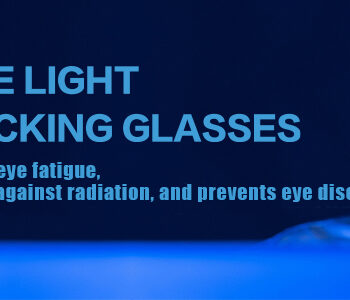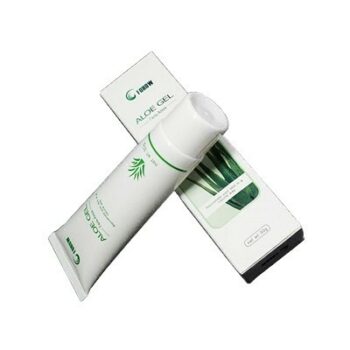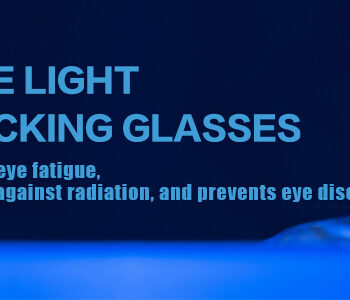Feet – The Second Heart
The blood circulation process throughout the body is closely linked to the feet. From standing to walking, this is where strength and blood flow velocity originate. If the feet are not healthy, the blood vessels within them may fail to function properly, leading to blood stagnation in the lower extremities, which can cause health issues.
What are Orthotic Insoles?
Orthotic insoles are devices designed to support a healthy skeleton and overall body function. Due to factors such as gravity, metabolic disorders, physical loads, pressure, or occupational peculiarities, the spine may become misaligned, leading to deformities throughout the skeletal system. Approximately 80% of health problems are somehow related to skeletal misalignment.
The skeleton, on one hand, supports the entire body, while on the other hand, the spine is a crucial part of the central nervous system. If skeletal misalignment compresses the nerves, nerve impulses from the brain to the organs can be blocked, disrupting bodily functions and cellular activity, leading to various health issues.
What are Orthotic Insoles Used For?
Orthotic insoles are designed to perfectly conform to the contours of the foot, improving gait, normalizing joints, and reducing the pressure on the feet and joints during walking. Made with full consideration of anatomical features, they can normalize body balance and significantly reduce negative impacts on the skeleton, bones, and joints.
With 20,000 massage points, they actively stimulate the reflex zones of the feet. They utilize infrared rays, magnetic fields, and anions to ensure antiviral effects and deeper therapeutic benefits. The insoles are made from nanomaterials and a highly durable alloy, making them long-lasting.
Principle of Action of Orthotic Insoles
Orthotic insoles are designed considering the structure of the foot and ergonomic principles. They feature 20,000 corrective points that distribute pressure exerted on the feet, shape the proper foot arches, and provide solid support for the entire body.
These insoles also promote the functioning of the circulatory system, nervous system, lymphatic system, and the secretory organs of the brain. Muscles surround the bones, and if the foot experiences uneven pressure, the muscles also develop unevenly, leading to bone deformities.
By using orthotic insoles, the feet receive the necessary support, weight is distributed evenly, impact during movement is reduced, muscles grow uniformly, and bone irregularities are straightened out.
Results of Regular Use of Orthotic Insoles:
- Even Pressure Distribution: Ensures uniform pressure on the foot, stimulating microcirculation in the blood vessels.
- Massage of Reflex Zones: Provides a massage to the foot’s reflex zones.
- Correction of Deformities: Addresses flat feet, excessive arch height, and other foot deformities.
- Strengthening Proper Foot Shape: Enhances the structural integrity of the foot.
- Correction and Normalization of Misaligned Bones: Aids in the realignment of crooked bones.
Orthotic insoles help evenly distribute weight and promote proper movement, thereby improving posture and normalizing the balance of the skeletal axis.
The insoles are made from nanomaterials.
How to Use Orthotic Insoles:
- Do not use with high-heeled shoes.
- The heel of the insole should align precisely with the heel of the foot.
- If you experience significant discomfort, it is recommended to take a break for 1–2 days.
- Do not use insoles with ill-fitting shoes.
The greatest discomfort may occur during the first month of use. In 95% of cases, any unpleasant sensations diminish or significantly reduce after the third month of use. Regular daily wear of the insoles will provide a greater positive health effect.




















There are no reviews yet.